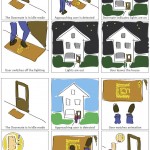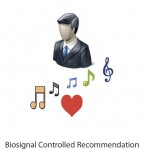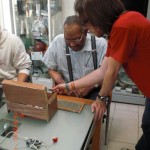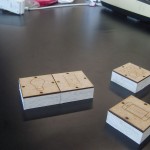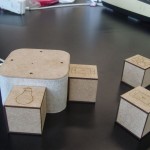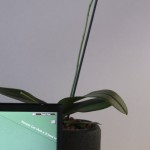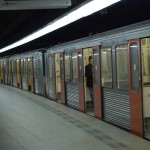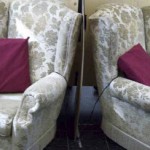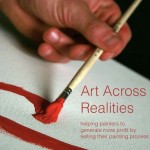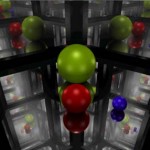
Three of our first year students, Jesse Meijers, Marjolein Schets and Jim Steenbakker, did a nice project in the context of cultural computing. “The goal of the project was to create a new form of presence and user experience by turning the visitors sense of reality upside down through the use of modern technology. The rooms built for this project were based on scenes from the book `Alice’s Adventures in Wonderland’. We decided to build a new room. Our room is based on the scene where the tarts of the Queen of Hearts2 get stolen. The visitor will accidentally perform the theft. The rooms purpose is evoking a feeling of confusion. The room is an infinity mirror room which contradicts the visitor’s sense of reality, proportion and boundaries.”
[The final project report: “A New Encounter with Alice” 1.3M, PDF]
